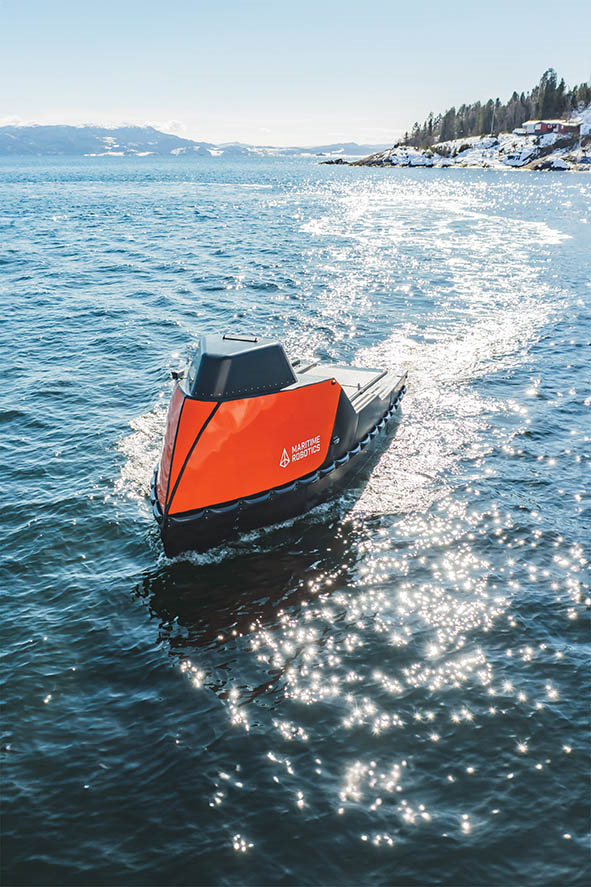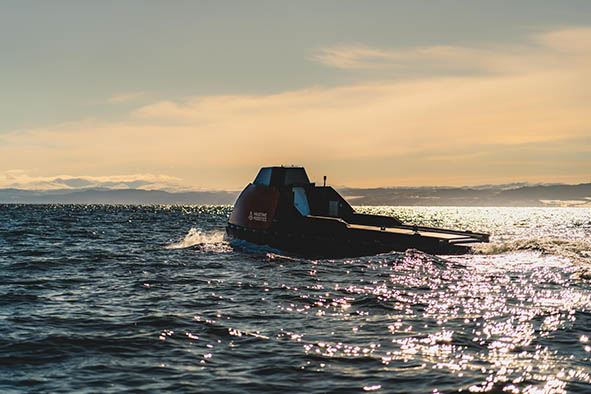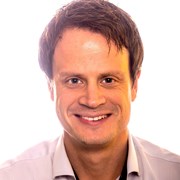Waterways come with their own set of unique challenges, such as large water level variation, impacted by floods and droughts. Low water levels make the waterways too shallow for larger vessels, other times heavy rainfall make them hard to maneuver. In addition, there are several small waterways that connect major container terminals to the biggest cities in the Netherlands and represent an unexploited resource that could relieve the most congested roads in Europe.
The new AUTOFLEX project addresses these challenges to shift transport to sustainable waterways
The aim is to make inland waterways transport systems of the future more climate-friendly, flexible, competitive, and resilient. Included in the project scope is revitalizing underutilized waterways by combining renewable, e.g., electrically powered, small autonomous uncrewed zero-emission inland vessels with electric trucks.
''Our goal is to minimize truck transport by maximising the utilisation of existing inland waterways,'' says Senior Research Scientist Håvard Nordahl at SINTEF Ocean's department for Energy and Transport. ''But we still see that trucks will play an important role in transport as there are many places that ships simply cannot reach. It is therefore important to find ways to do as much as possible of the transport on water. This requires innovative vessel designs, efficient terminals, and that centrally located small urban quays are used for cargo transfer,'' says Nordahl.
In AUTOFLEX, SINTEF Ocean will develop a zero emission transport network
Central to this is the combined energy and cargo hub concept, which will be developed in cooperation with the vessel and terminal operator DFDS, and the containerised battery provider Zero Emission Services. The idea is to charge energy containers with locally produced electricity at the hub, and to swap them during the cargo transfer. Smart solutions for transferring cargo to and from small inland vessels at urban quays with little infrastructure, is another important challenge that SINTEF will tackle in cooperation with their partners. SINTEF will then combine these innovative concepts into a transport network and apply their expertise in optimisation to derive an efficient zero-emission transport system.
''As we will not be able to remove all truck transport, it is important that the truck driving distances are short enough for electric vehicles with reasonably sized battery packages,'' explains Håvard Nordahl.
Similar studies are ongoing in Norwegian cases
An example is Bergen-Ågotnes where the Bergen municipality has decided to move the cargo terminal from the Bergen city centre to Ågotnes, which will result in a dramatic increase in road transport, unless a competitive waterborne alternative is developed. This challenge bears similarities to the logistics problem addressed in ATUOFLEX, and SINTEF are tackling them in the SEAMLESS project.
SINTEF will also cooperate with DST on designing energy efficient small uncrewed container vessels that can operate on small and shallow waterways where there is next to no cargo transport today. SINTEF Ocean has broad expertise within hydrodynamics, hull, and propeller optimisation, while DST have extensive inland waterways hydrodynamic knowledge. SINTEF, DFDS, and ISE have already studied a similar inland waterway vessel design in the H2020 AEGIS project.
Photo: Maritime Robotics
Autonomy is a key enabler for the business case of the small inland vessels
The possibility of designing vessels without crew gives more cargo space, which is critical when you want to operate a network of small vessels that shall compete with trucks. The Norwegian partner Maritime Robotics will further develop their autonomous technology to apply it on inland vessels. Competition is vital for being price competitive, and for driving innovation forward.
''Standardisation is the door-opener for competition,'' says Nordahl. ''It allows for integration of equipment delivered by different companies, with an increased certainty that the integrated system will have the desired functionality.''
SINTEF Ocean will together with Fraunhofer CML develop a first standard for the autonomous technology equipment, such as the situational awareness. This standard will be presented to ISO through SINTEF and Fraunhofer via their positions in relevant ISO committees.
The regional use case of AUTOFLEX is the Dutch region around Amsterdam, Rotterdam, Utrecht, and The Hague, which has one of the highest population and traffic densities in Europe. The project partners want to evaluate and prove the feasibility of the newly designed transport system through testing and by means of a full-scale demonstrator. The demonstration vessel will be provided by DFDS and will be equipped with technology from Maritime Robotics.
A total of 9 European partners from six European countries (Germany, Denmark, Greece, Belgium, Norway, and the Netherlands) are funded with 4.5 million Euros over a period of 3 years by the European Commission Horizon Europe program.
The partners are:
- SINTEF Ocean AS
- DFDS AS
- NTUA (Ethnicon Metsovion Polytechnion)
- ISE (Institute fur Strukturleichtbau und Energieeffizienz gGmbH)
- Martime Robotics AS
- Fraunhofer Center for Maritime Logistics and Services CML
- DST Entwicklungszentrum fur Schiffstechnik und Transportsysteme e.V.
- Zero Emission Services BV
- North Sea Port flanders



